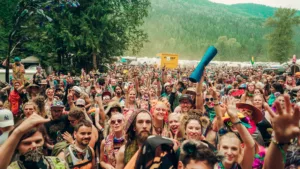As the sun sets over a sea of colorful tents and stages come alive with music, there’s an unseen challenge that festival organizers and attendees face: the risk of opioid overdoses. In recent years, this concern has grown, casting a shadow over these vibrant gatherings that are meant to be celebrations of life and culture. But there’s a powerful tool at our disposal, as effective as any headlining act – awareness.
Educating festival-goers about opioid overdose prevention is more than just a safety measure; it’s a community responsibility. Knowledge, in this context, is as vital as the music that brings us together. It empowers individuals to make safer choices, look out for one another, and understand the risks associated with opioid use.
This article isn’t just about highlighting the dangers; it’s a call to action for proactive learning and community care. By understanding the risks and knowing how to respond, festival-goers can help keep the festival spirit alive – a spirit of joy, togetherness, and above all, safety. Let’s dive into the key educational points that every festival-goer should know, transforming awareness into a beacon of hope and prevention.
Key Educational Points for Opioid Overdose Prevention
When it comes to preventing opioid overdoses at festivals, knowledge is not just power – it’s protection. Here are some critical points every festival-goer should be familiar with:
- Understanding Opioids and Their Risks: It’s essential to know what opioids are, including common types like prescription painkillers, heroin, and Fentanyl. Awareness about their effects on the body, particularly the risk of respiratory depression leading to overdose, is crucial.
- Recognizing the Signs of Overdose: Being able to identify an opioid overdose can be life-saving. Key signs include shallow breathing or not breathing, extreme sleepiness or inability to wake up, and blue or grayish skin tone, especially around lips and fingernails.
- Avoiding Risky Behaviors: Education should include information on avoiding risky behaviors. This includes not mixing substances, especially opioids with alcohol or other drugs, and being cautious about using substances from unknown sources – a common issue at festivals.
- The Role of Naloxone (Narcan): Understanding what Narcan is and how it can reverse an opioid overdose is vital. Educating on its availability at the festival, how to use it, and the importance of still seeking medical help after its administration is key.
- Promoting a Culture of Safety: Encouraging attendees to look out for each other, creating an environment where people feel comfortable seeking help, and knowing the location of medical tents or safe spaces at the festival are all part of fostering a culture of safety.
This education is not about instilling fear, but about equipping festival-goers with the knowledge and tools they need to enjoy the festival safely and responsibly. By covering these key points, we can help ensure that the festival experience remains a positive and safe one for everyone.
Strategies for Effective Education and Outreach
Educating festival-goers on opioid overdose prevention requires effective, engaging, and accessible strategies. Here’s how festival organizers and health advocates can reach their audience:
- Interactive Workshops and Seminars: Host workshops or seminars that address substance safety, including opioid overdose prevention. These can be informal and interactive, perhaps including demonstrations on how to use Narcan. Incorporating real-life stories and experiences can make these sessions more relatable and impactful.
- Informational Booths and Materials: Set up booths or kiosks where attendees can receive information, ask questions, and even get hands-on training with tools like Narcan. Distribute flyers, brochures, or wristbands with key information and emergency contact numbers.
- Collaboration with Artists and Influencers: Engage artists and influencers to speak about the importance of harm reduction and opioid overdose prevention. Their influence can significantly amplify the message, reaching a wider audience more effectively.
- Utilizing Social Media and Digital Platforms: Leverage social media platforms and festival apps to disseminate educational content. Short videos, infographics, and interactive polls or quizzes can be effective in capturing the attention of the festival audience.
- Creating a Non-Judgmental Environment: The tone of the communication is key. It should be non-judgmental, inclusive, and supportive, creating an environment where festival-goers feel comfortable seeking help and discussing safety concerns.
- Emergency Response Training for Staff and Volunteers: Ensure that all staff and volunteers are trained in recognizing overdose symptoms and know the emergency response protocol. They should be able to guide or assist attendees in crisis situations effectively.
By implementing these strategies, we can foster a festival environment where safety education is as integral as the music and entertainment itself. This approach not only enhances the safety of each attendee but also builds a stronger, more caring festival community.
The fusion of fun, music, and celebration with safety education might seem like a challenging mix, but it’s a necessary and achievable goal for today’s festivals. Educating festival-goers on opioid overdose prevention is not just a safety protocol – it’s a movement towards a more conscious and caring festival community.
In this era, being informed and vigilant about health risks, especially those posed by opioids, is as crucial as any other aspect of festival planning. It’s about ensuring that the spirit of festivals – the freedom, joy, and collective celebration – is preserved and protected. By empowering attendees with knowledge and resources, we’re not just preventing potential tragedies; we’re enhancing the overall festival experience.
Let’s continue to spread awareness, encourage open conversations, and implement effective education strategies. Together, we can ensure that festivals remain the vibrant, life-affirming experiences they are meant to be, underpinned by a strong foundation of safety and care. Here’s to many more seasons of unforgettable and safe festivals!







